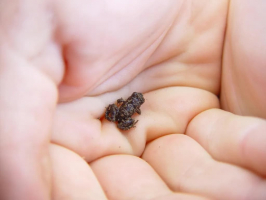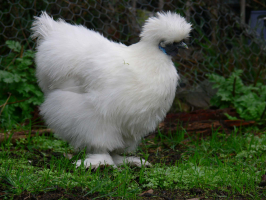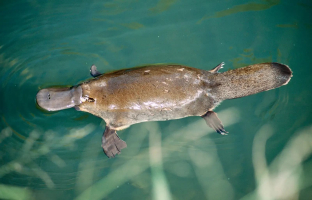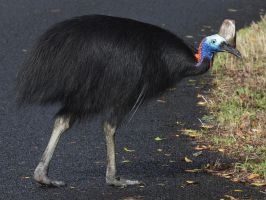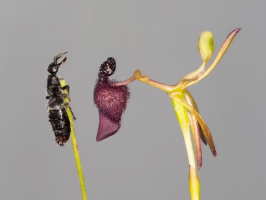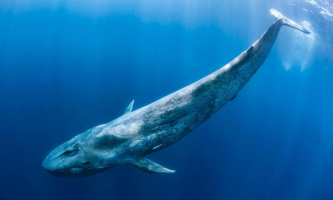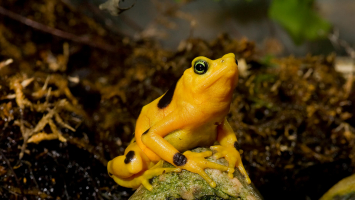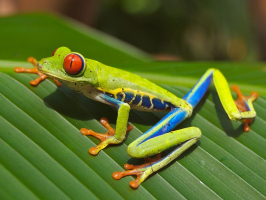Top 10 World's Laziest Animals
Each animal species has unique traits that enable it to survive in the harsh natural environment, such as exceptionally strong venom, exceptional health, etc. ... read more...Along with creatures that can move quickly to avoid danger or pursue prey, there are also animals that move very slowly and are lazy. How do they survive and what species are they? Here is a list of the laziest animals in the world, let's find out!
-
The Giant Panda (Ailuropoda melanoleuca), also known as the panda bear (or simply the panda), is a bear species endemic to China. Its striking black-and-white coat and plump body give it a distinctive look. To differentiate it from the red panda, a nearby musteloid, the term "big panda" is occasionally used. Although the giant panda is a member of the Carnivora order, more than 99 percent of its diet consists of bamboo shoots and leaves. Other grasses, wild tubers, or even meat in the form of birds, rodents, or carrion are occasionally consumed by giant pandas in the wild. In addition to carefully prepared food, they may be fed in captivity honey, eggs, fish, yams, shrub leaves, oranges, or bananas.
Giant pandas are renowned for their sluggishness and gaffes. They sleep for around three hours at a time, for about ten hours each day, and they will sleep almost anywhere. They spend the vast bulk of their conscious time eating. Since bamboo, their chosen meal, contains few vitamins and minerals, they must consume about 44 lb (20 kg) of it daily to meet their needs. It's understandable that they don't accomplish much else after all that sleeping and eating.

World Wildlife Fund 
Encyclopedia Britannica -
Pythons are nonvenomous snakes found in Asia, Africa, and Australia. They are regarded as Old World snakes because they are not native to North or South America. The term "python" can be used to describe either the Pythonidae family or the genus Python that is a member of that family. According to the Reptile Database, the family Pythonidae has 41 different species of python.
The size and color of the many python species vary greatly. Coloration can vary from intricately patterned scales (like those on the Burmese python, the ball python, and many other species) to solid brown (leiopythons), to bright green (the green tree python), depending on their local habitats and need for camouflage, but scientists have identified some more subtle physical similarities. Pythons are lethargic animals that are almost always actually latent. They typically sleep for up to 18 hours a day and lose energy quickly. They spend more time resting while processing food, which happens once a week when they feed. They may also rest for seven days to prepare for shedding, which is quite energy-demanding.
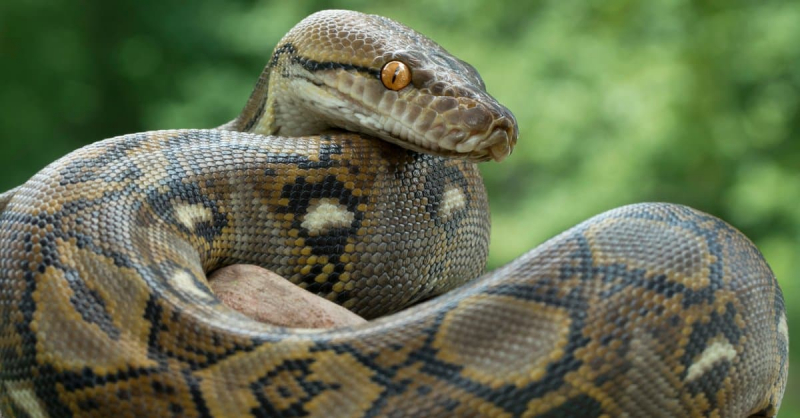
AZ Animals 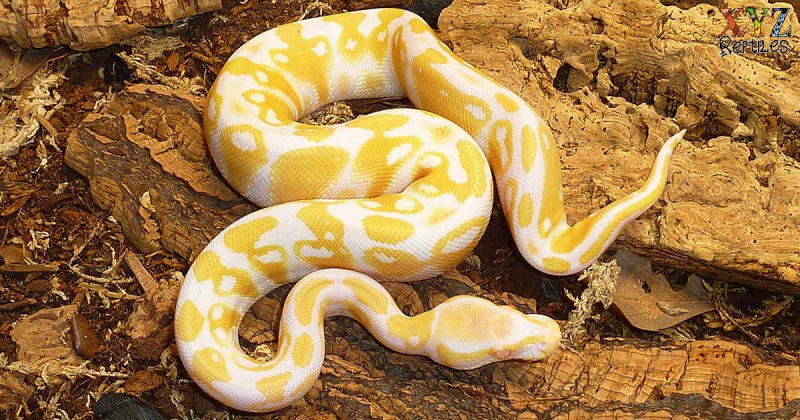
The Providence Journal -
The marsupial order Didelphimorphia, which is unique to the Americas, includes Opossums as members. It has more than 120 species in 19 genera, making it the biggest order of marsupials in the Western Hemisphere. Opossums are native to South America, and they came to North America during the Great American Interchange when North and South America connected. The Virginia opossum is the sole species found in the United States and Canada. They are frequently referred to as "opossums" and are also known as "possums" in North America.
Opossums often live alone and move around, remaining in one place as long as food and water are nearby. Some families will congregate under houses or in pre-made burrows. They don't dig or make much of an attempt to establish their own burrows, though they will occasionally briefly occupy abandoned ones. As nocturnal creatures, they like secure, dark environments. These locations could be above or below ground. Opossums are typically non-aggressive creatures. Opossums sleep an incredible 18 to 20 hours every day, making them world-class sleepers. They move very slowly and only if it is absolutely necessary to do they choose to leave.
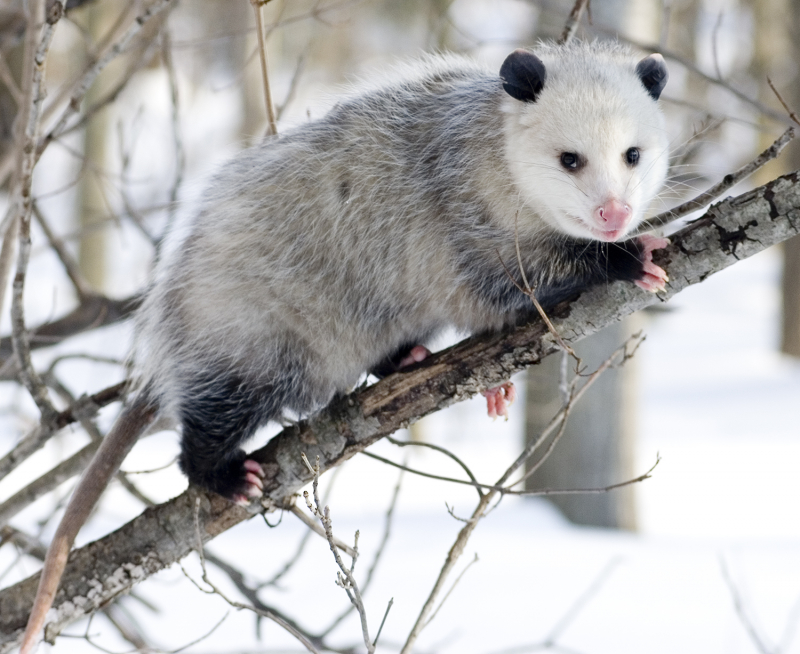
Wikipedia 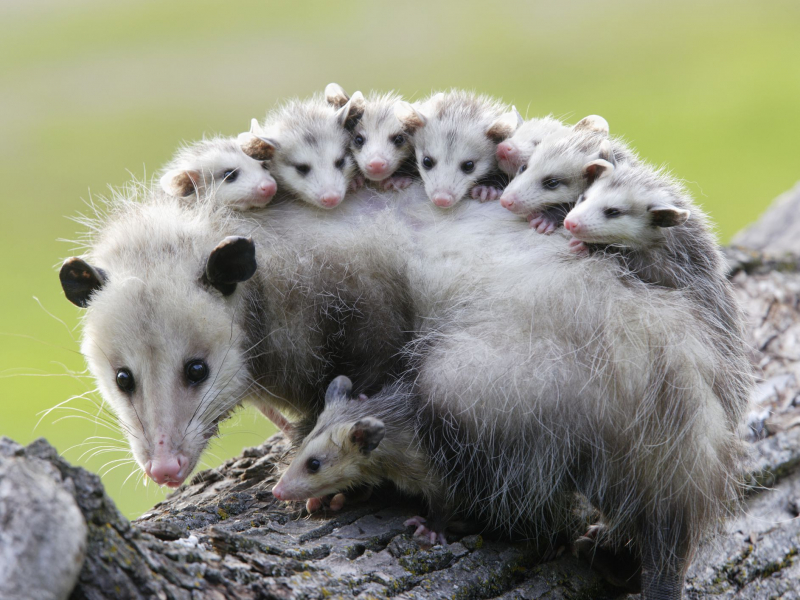
ThoughtCo -
The Koala or, inaccurately, koala bear (Phascolarctos cinereus) is an arboreal herbivorous marsupial native to Australia. It is the only surviving member of the Phascolarctidae family, and wombats are its closest living relatives. The koala inhabits Queensland, New South Wales, Victoria, and South Australia in the eastern and southern coastal parts of the Australian mainland. Its robust, tailless body and huge head, which has round, fluffy ears and a large, spoon-shaped nose, make it easy to identify. The koala weighs 4–15 kg (9–33 lb) and has a body length of 60–85 cm (24–33 in). Silver grey to chocolate brown is the different shades of fur. Generally speaking, koalas from the northern populations are smaller and lighter in color than their southern counterparts.
Due to the fact that they eat mostly Eucalyptus leaves, koalas prefer to live in open Eucalyptus woodland. Koalas spend much of their time inactive and sleep up to twenty hours a day due to the low nutritional and calorie content of their eucalyptus diet. They are asocial creatures that only form bonds with their dependent offspring's mothers. Male adults use loud bellows to communicate with one another deter rivals and entice partners. Scent glands on the males' chests produce secretions that they use to signal their presence.
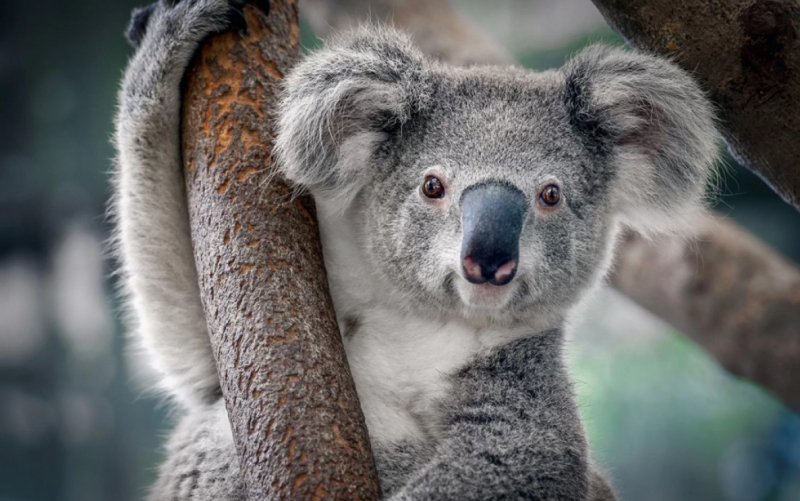
Wikipedia 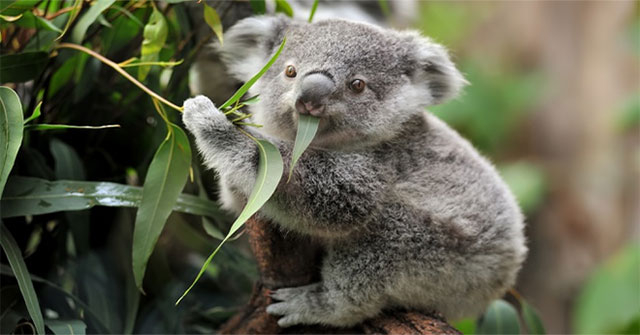
Encyclopedia Britannica -
The suborder Folivora includes arboreal Neotropical xenarthran animals like Sloths. The majority of their lives are spent hanging upside down in the trees of the tropical rainforests of South and Central America, where they are known for their lethargic movement. Together, they make up the xenarthran order Pilosa, which is thought to be most closely related to anteaters. There are six extant sloth species in two genera – Bradypus (three-toed sloths) and Choloepus (two-toed sloths).
Sloths are frequently among the first animals that come to mind when people think of the word "languid", which is to be expected. They are infamous for being incredibly lethargic and sleeping up to 20 hours a day. They spend most of their time dangling on tree limbs and only move when absolutely necessary. They may need several hours to complete a task, after which they typically continue to relax. The shaggy coat has grooved hair that is host to symbiotic green algae which camouflage the animal in the trees and provide it nutrients. The algae also nourish sloth moths, some species of which exist solely on sloths.
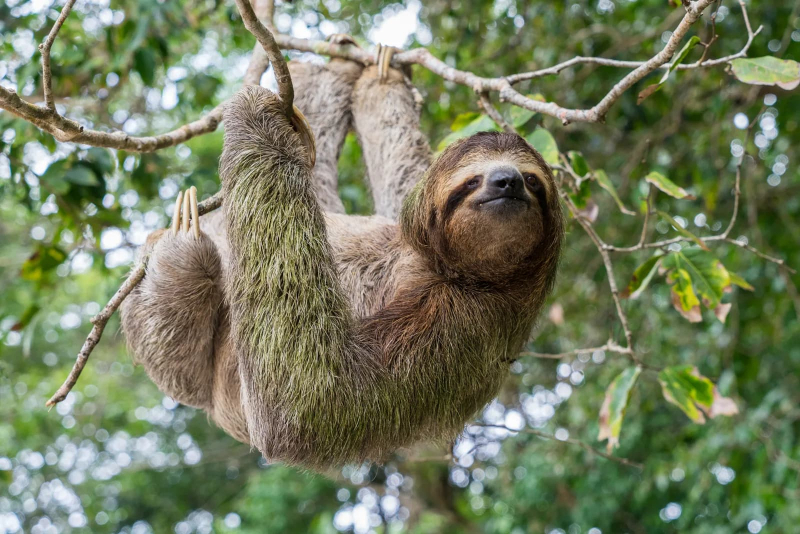
The Sloth Conservation Foundation 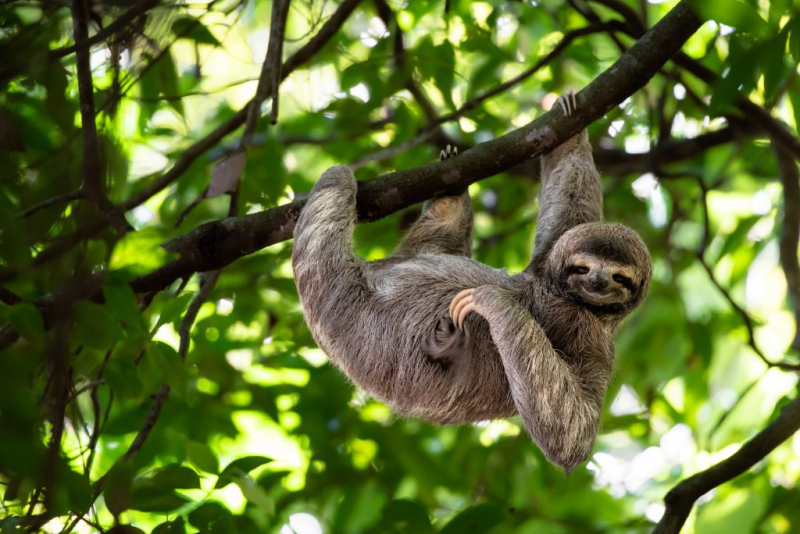
Encyclopedia Britannica -
Large and semi-aquatic, the Hippopotamus is a native of sub-Saharan Africa. The pygmy hippopotamus is the other one of just two remaining species in the family Hippopotamidae (Choeropsis liberiensis or Hexaprotodon liberiensis). Its name is derived from the Greek word for "river horse". The largest land mammal is the hippopotamus, followed by elephants and rhinos. Additionally, it is the largest living land artiodactyl. The closest surviving relatives of the Hippopotamidae are cetaceans (whales, dolphins, porpoises, etc.), from whom they separated some 55 million years ago, despite their morphological resemblance to pigs and other terrestrial even-toed ungulates.
Hippos have actually mastered the art of sleeping for 16 to 20 hours every day. When they are on land, you can regularly see them lounging in the sun and sleeping in large groups, but they don't just doze off on land; they also learn to ascend to the surface of the water to breathe while still dozing. Hippos are herbivores, and they spend most of the day scavenging. They can continuously graze on grass for a notable five hours.
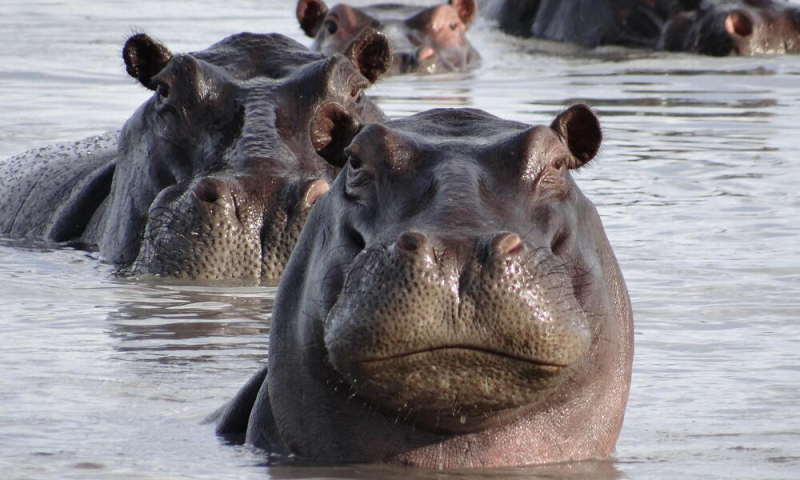
World Wildlife Fund 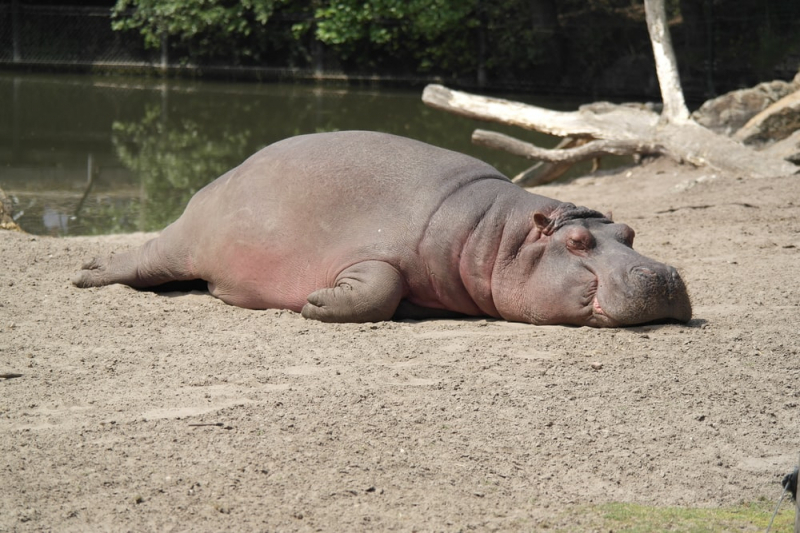
Unsplash -
Echidnas also referred to as spiny anteaters, are monotremes (egg-laying mammals) with quill-covered coats that are members of the Tachyglossidae family. The only live mammal egg-layers and remaining members of the order Monotremata are the four extant echidna species and the platypus. In Australia and New Guinea, echidnas are found. Echidnas evolved between 20 and 50 million years ago, descending from a platypus-like monotreme. This ancestor was aquatic, but echidnas adapted to life on land.
The short-beaked echidna's diet consists largely of ants and termites, while the Zaglossus (long-beaked) species typically eat worms and insect larvae. The tongues of long-beaked echidnas have sharp, tiny spines that help them capture their prey. Echidnas are quite lethargic and sleep for about 12 hours each day. They struggle in hotter temperatures because they have a low internal heat level for a vertebrate and are unable to breathe through their mouths or sweat. They tend to be more animated in the evening and probably doze off all day to avoid the scorching Australian sun.
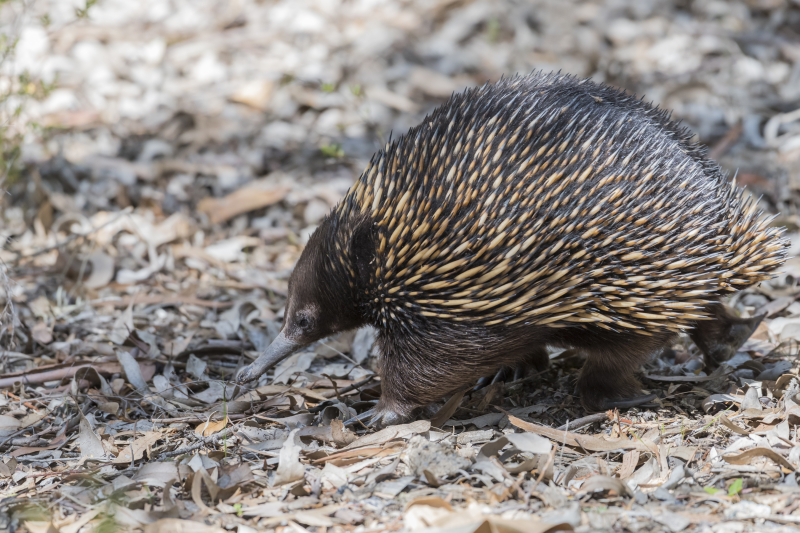
Wikipedia 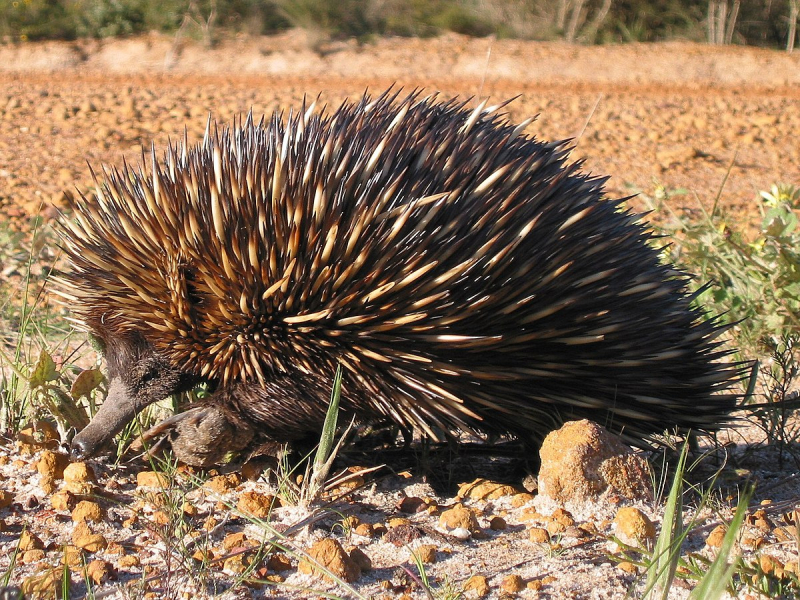
Wiktionary -
An elasmobranch fish belonging to the Ginglymostomatidae family is the Nurse Shark (Ginglymostoma cirratum). According to the IUCN List of Threatened Species, the nurse shark's conservation status is considered Vulnerable on a global scale. Due to their vulnerability in South America and documented threats in numerous parts of Central America and the Caribbean, they are regarded as a species of least concern in the United States and The Bahamas but are close to extinction in the western Atlantic Ocean. In some fisheries, they are directly targeted, whereas, in others, they are treated as bycatch.
Despite their appearance, nurse sharks are the fourth most common shark to bite a person, according to records. This is probably because divers were careless when think nurse sharks are sedentary and slow-moving. Because they can effectively siphon water over their gills, these organisms don't move around like many other species do and instead spend the majority of their time resting motionless on the seafloor. They spend a significant portion of the day relaxing and hunting for fish, mollusks, and shellfish in the evening because they do not anticipate needing to eat a lot to support their way of life. They’re not known for their hunting abilities however and feed by sucking up their prey.

Encyclopedia Britannica 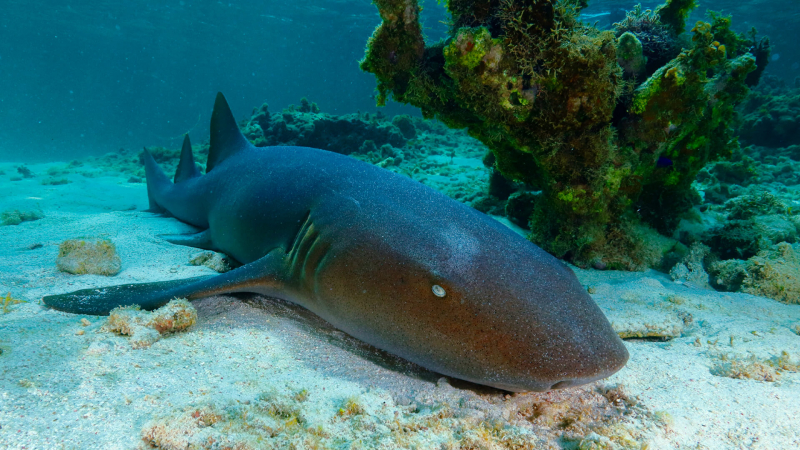
Key West Aquarium -
A species of lizard belonging to the family Scincidae is called the Pygmy Bluetongue. The species was just rediscovered in 1992 after being previously believed to be extinct. The species is known to exist between Peterborough, which is located approximately 254 kilometers (158 miles) north of Adelaide, and Kapunda, which is located in the Light River valley and is about 77 kilometers (48 km) to the northeast of Adelaide.
Pygmy bluetongues have a relatively limited habitat and geographic range because they reside in abandoned spider burrows in native grasslands that haven't been extensively developed for cereal farming in the area, making them scarce. Surveys indicate that since their rediscovery, 5,000–7,000 people have been living in various locations between Kapunda and Peterborough. Pygmy blue tongue lizards are extremely wary of predators and don't enjoy social interaction with other people. The wary pygmy blue tongues dwell in spider caves and won't venture outside unless pushed to. They wait with their mouths wide for food to fall in as they wait for sustenance. They depend on raindrops falling on their tongues to provide them with water.
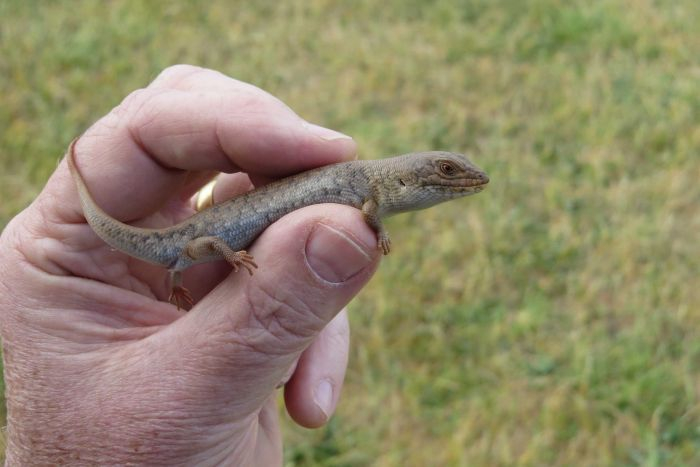
Reptiles Magazine 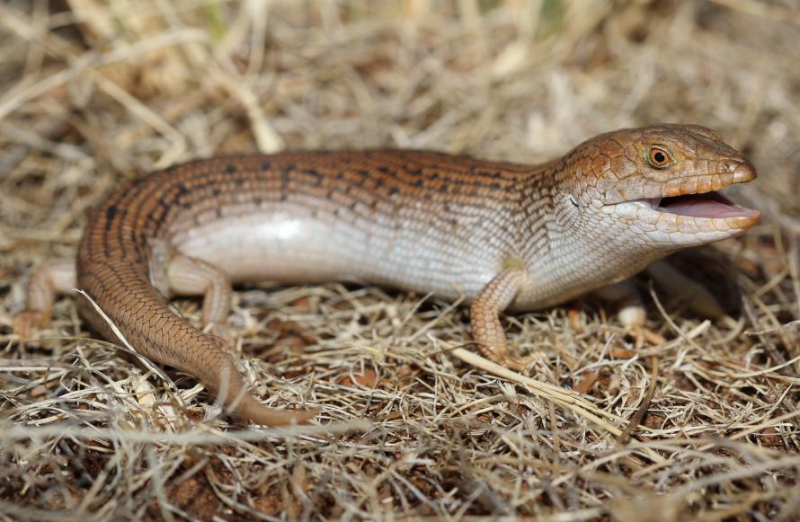
Grasslands -
The only species of the family Aotidae, Owl Monkeys, sometimes known as douroucoulis, are nocturnal New World monkeys. Eleven species of the genus can be found in primary and secondary forests, tropical rainforests, and cloud forests up to 2,400 meters in height throughout Panama and much of South America (7,900 ft). The term Aotus, which means "earless", is given to night monkeys because of their wide eyes, which let them see better at night and their mostly concealed ears.
With the exception of some cathemeral populations of Azara's night monkey, which occasionally engage in spurts of activity both during the day and at night, night monkeys are the only fully nocturnal primates. A mated pair and their immature offspring dwell in tiny family groupings and have a diverse repertory of vocalizations. Due to their monochromatic eyesight, night monkeys are better able to recognize visual stimuli at night. With a 17-hour sleep cycle, these animals are among the laziest. The vocal primates are monogamous and have dependent children as part of their family groups. Dads serve as the primary carers in the owl monkey universe.
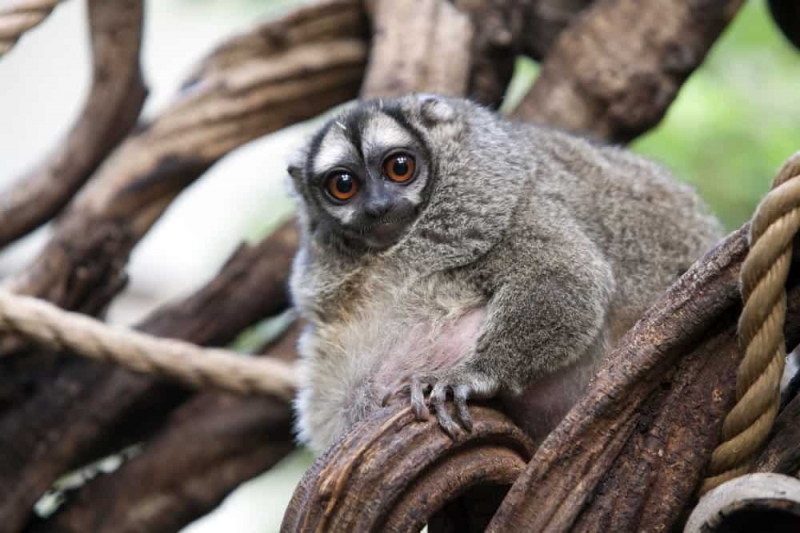
Edwin Butter 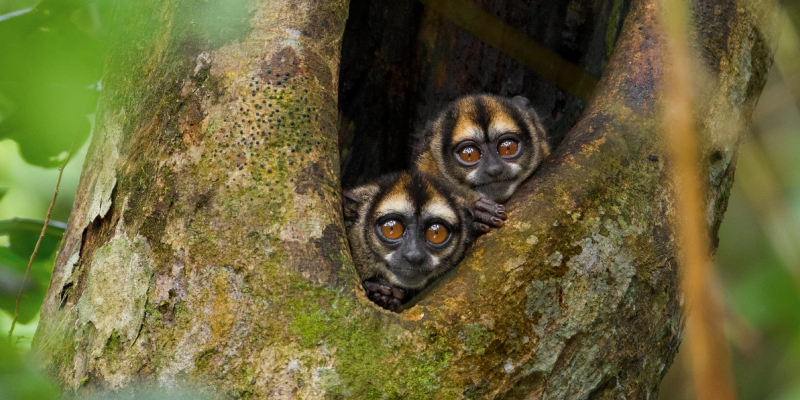
National Geographic












